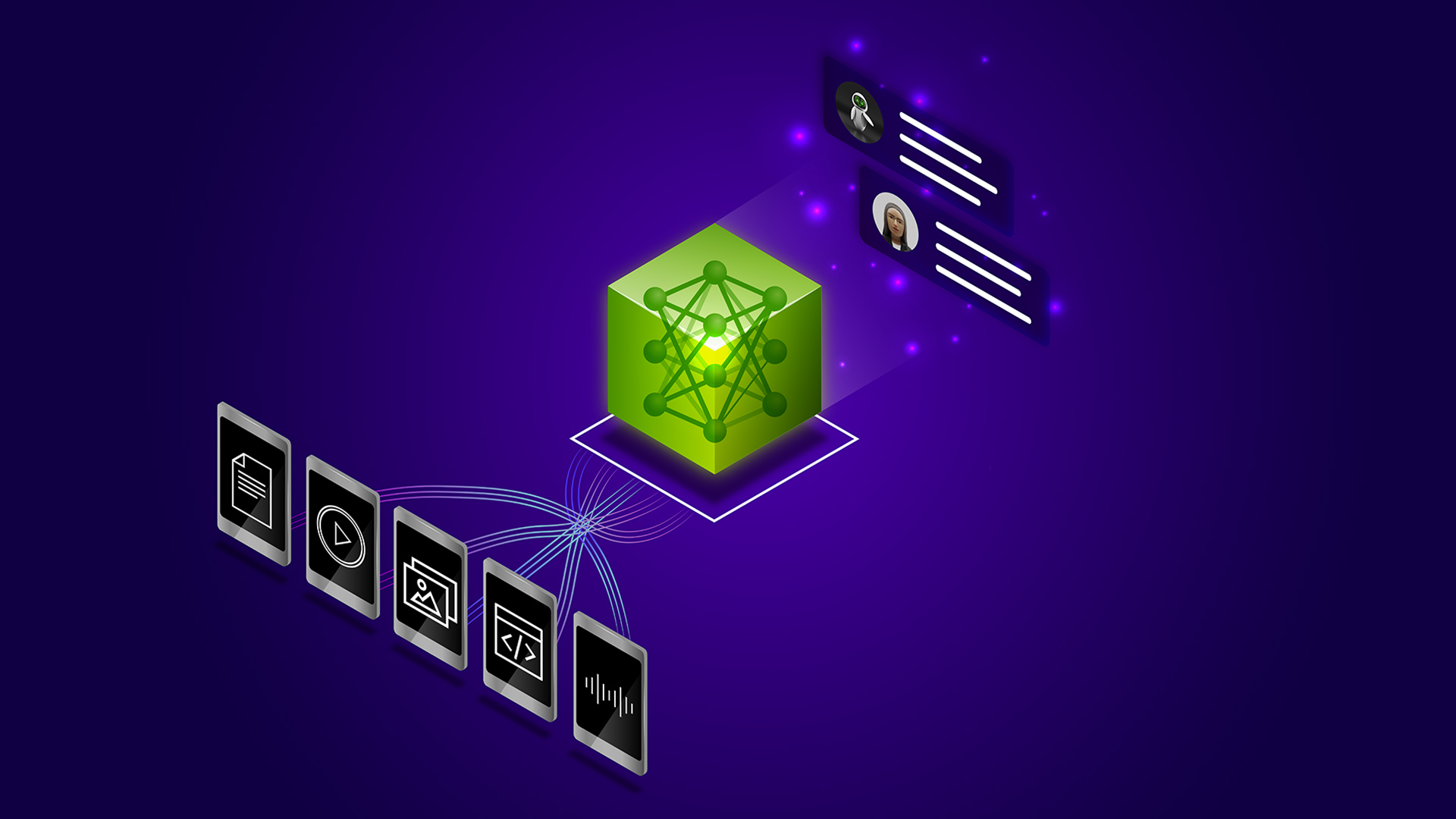Blog
Serverless Distributed Data Processing with Apache Spark and NVIDIA AI on Azure

Understanding Serverless Distributed Data Processing
In today’s fast-paced digital landscape, efficient data processing is essential for organizations looking to harness the power of big data. One innovative approach that has gained traction is serverless distributed data processing, which simplifies the management of infrastructure while allowing scalability and flexibility. By combining the capabilities of Apache Spark and NVIDIA AI on platforms like Azure, organizations are redefining their data analytics strategies.
What is Serverless Distributed Data Processing?
Serverless architecture enables developers to build and run applications without having to manage servers explicitly. This approach abstracts the underlying infrastructure, allowing teams to focus on code and functionality rather than hardware limitations.
With distributed computing, data processing tasks are shared across multiple machines, allowing for faster processing of large datasets. By merging serverless principles with distributed data processing, organizations can efficiently scale resources according to demand, leading to cost savings and improved performance.
The Role of Apache Spark
Apache Spark is a powerful open-source distributed computing system designed for big data processing. It offers a variety of benefits that enhance data analytics projects:
-
Speed: Spark is known for its in-memory processing capabilities, which makes it significantly faster than traditional disk-based engines. This speed is crucial for real-time data analysis and insights.
-
Unified Engine: Spark supports various data processing tasks including batch processing, streaming, machine learning, and graph processing. This unified approach allows developers to use a single framework for diverse projects, simplifying the tech stack.
- Extensibility: With a rich ecosystem of libraries, Spark can be easily integrated with tools like Hadoop, Hive, and Kafka, making it versatile for different applications.
Integrating NVIDIA AI
NVIDIA AI technologies offer robust solutions for artificial intelligence and machine learning tasks. By leveraging GPUs, organizations can accelerate their data processing significantly, enabling deeper insights and faster decision-making.
-
Parallel Processing: NVIDIA’s graphics processing units (GPUs) excel at parallel processing, making them ideal for tasks that involve large-scale datasets. This capability is particularly beneficial for machine learning algorithms, which often require extensive computational resources.
-
Deep Learning Frameworks: NVIDIA provides optimized libraries such as RAPIDS and TensorRT, which are designed to work seamlessly with Apache Spark. These libraries allow data scientists to build and deploy machine learning models more efficiently.
- Real-time Analytics: With NVIDIA’s AI technologies, organizations can analyze data in real-time, enabling immediate insights that drive strategic decisions.
Leveraging Azure for Enhanced Performance
Microsoft Azure is a cloud computing platform that offers a suite of tools and services for building, deploying, and managing applications. By running Apache Spark and NVIDIA AI on Azure, organizations can enjoy several significant advantages:
-
Scalability: Azure provides a scalable infrastructure that allows organizations to allocate resources based on their needs. This adaptive capacity ensures that performance remains consistent even during high-demand periods.
-
Cost Efficiency: The serverless model on Azure means that companies only pay for the compute resources they use. This flexibility can lead to substantial cost savings compared to traditional cloud services where resources are allocated irrespective of demand.
- Integration with Other Azure Services: Azure’s ecosystem enables seamless integration with other services such as Azure Data Lake, Azure Machine Learning, and Azure Functions. This interconnectedness simplifies workflows and enhances data management.
Use Cases for Serverless Distributed Data Processing
Organizations across various sectors can benefit from serverless distributed data processing using Apache Spark and NVIDIA AI on Azure. Here are some compelling use cases:
1. Real-time Fraud Detection
Financial institutions can utilize serverless architecture to analyze transactions in real time and identify suspicious activities. By combining Apache Spark’s streaming capabilities and NVIDIA AI’s machine learning models, organizations can detect and respond to fraud more quickly.
2. Personalized Marketing
E-commerce companies can leverage data processing to create personalized marketing strategies based on user behavior. By analyzing vast amounts of customer data, organizations can tailor their marketing campaigns, enhancing customer engagement and conversion rates.
3. Predictive Maintenance
Manufacturers can apply serverless distributed processing to monitor equipment in real-time, predicting when maintenance is needed. This proactive approach minimizes downtime, optimizes operational efficiency, and reduces costs.
Best Practices for Implementation
To maximize the benefits of serverless distributed data processing on Azure, organizations should consider the following best practices:
1. Define Clear Objectives
Before implementing any data processing solution, it’s essential to define clear business objectives. Understanding these goals will guide technology selection and implementation strategies.
2. Optimize Data Flow
Streamline data ingestion and processing pipelines by optimizing data formats and using efficient storage solutions. Efficient data flow helps in reducing latency and improves overall performance.
3. Monitor and Adjust Resources
Leverage Azure’s monitoring tools to track performance metrics and resource usage. This analysis will help organizations make informed decisions about scaling resources up or down as needed.
4. Ensure Security and Compliance
As data privacy regulations become increasingly stringent, it’s crucial to prioritize security throughout the data processing lifecycle. Implement robust security measures and remain compliant with relevant regulations.
Conclusion
Serverless distributed data processing using Apache Spark and NVIDIA AI on Azure represents a revolutionary approach to managing big data. By harnessing the combined power of these technologies, organizations can unlock valuable insights, drive innovation, and ultimately gain a competitive edge in their respective industries. The journey towards efficient data processing is ongoing, but with the right tools and strategies, organizations can position themselves for success in a data-driven world.
